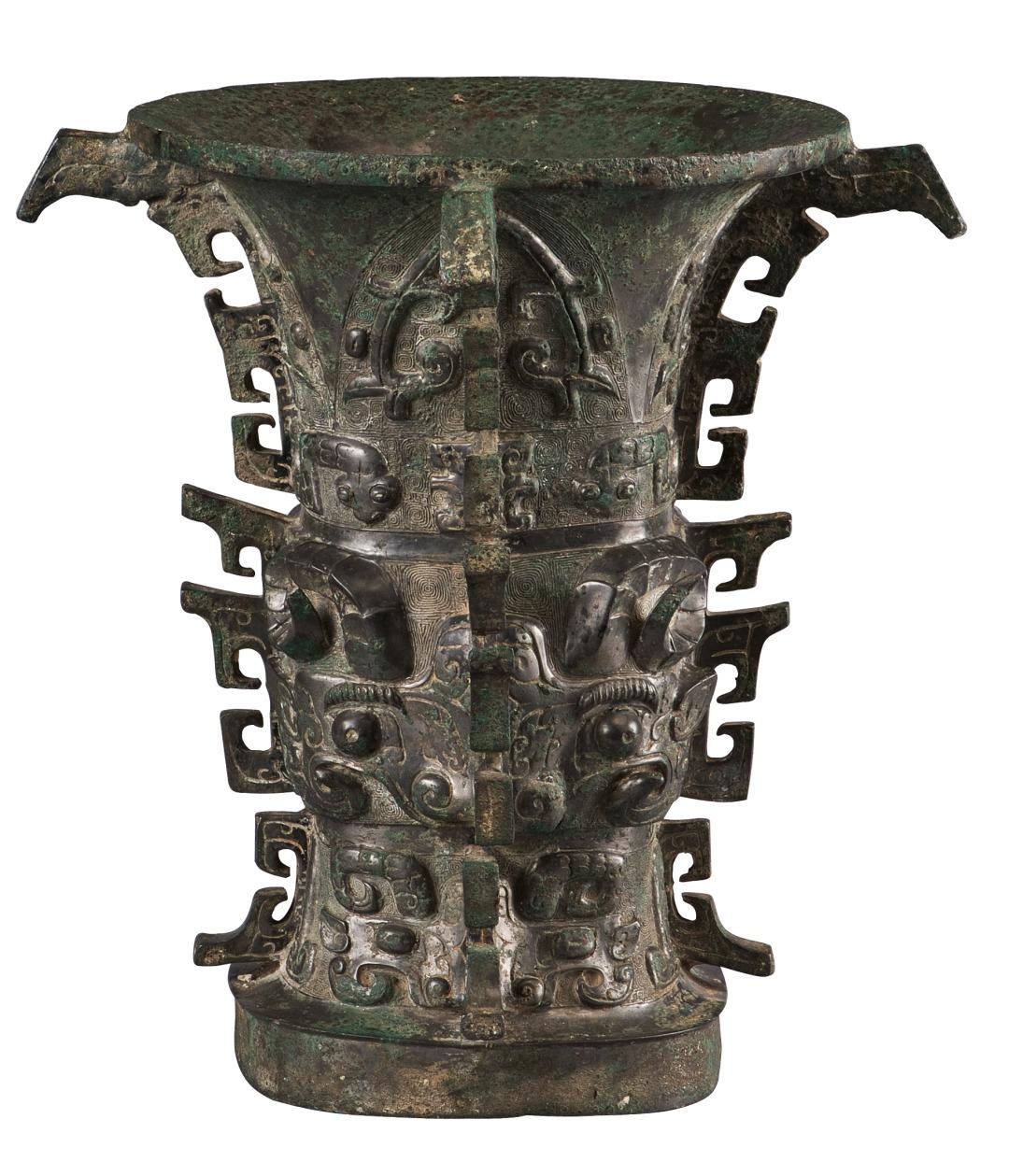 A Western Zhou (c. 11th century-771 BC) bronze ritual vessel, He zun, for holding wine. (PHOTO PROVIDED TO CHINA DAILY)
A Western Zhou (c. 11th century-771 BC) bronze ritual vessel, He zun, for holding wine. (PHOTO PROVIDED TO CHINA DAILY)
Unearthed from the depths of time, cultural relics are more than just a historical record or an artistic treasure. If only they could speak, what captivating tales would they share?
As we stand before these ancient relics, a sense of connection envelops us, transcending the boundaries of time and culture. It's as if they whisper their secrets, revealing not just their age and material, but also a profound message that resonates with our souls.
In the recently published book, The Shape of Ideas: Chinese Philosophy in Cultural Relics, Zhang Xi, professor at the Department of Philosophy, Xiamen University, delivers the core ideas of Chinese philosophy from 72 historical artifacts before the Ming Dynasty (1368-1644), showcased in public museums.
Based on the structure of "Cosmology-Ontology-Theory of Mindfulness" for ancient Chinese philosophy, Zhang probes the achievements of recent years, and portrays the Chinese world of thought for its vivid transformation from pre-philosophical period to early modern period and from elitism to popularized orientation
Using the simplest modern language, he delves into 18 themes to reveal how the ancient sages faced the most crucial spiritual challenges of their times. Their quest sought to answer fundamental questions such as: What is a human being? What position do humans occupy in the universe? And how can a person attain happiness in their lifetime?
Based on the structure of "Cosmology-Ontology-Theory of Mindfulness" for ancient Chinese philosophy, Zhang probes the achievements of recent years, and portrays the Chinese world of thought for its vivid transformation from pre-philosophical period to early modern period and from elitism to popularized orientation.
The book, published by SDX Joint Publishing Co, is the result of a partnership with British academic and trade publishing company, Palgrave Macmillan, for the release of its English version next year. Additionally, the Persian version of the book will be co-launched in collaboration with Mehregan-e Kherad Publication from Iran.
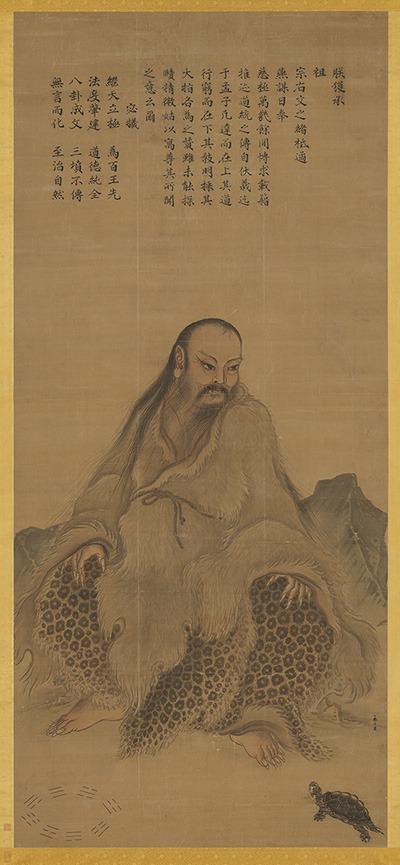 The painting Fuxi Huaxiang ("a portrait of Fuxi") by Ma Lin from the Song Dynasty (960-1279). (PHOTO PROVIDED TO CHINA DAILY)
The painting Fuxi Huaxiang ("a portrait of Fuxi") by Ma Lin from the Song Dynasty (960-1279). (PHOTO PROVIDED TO CHINA DAILY)
Peking University economist Justin Lin Yifu comments that the book is an excellent work for understanding Chinese philosophy and culture, akin to appreciating elegant melodies at a concert.
Through their encounters with historical artifacts, readers can sense the flickering stories of seeking enlightenment and touch the faded yet once vibrant realms of thought, Lin writes.
"After reading this book, I believe every reader, like myself, will be deeply moved once again by the profound history and culture of our great motherland, and an innate sense of cultural pride and confidence will naturally emerge," he writes.
"Cultural relics are not lifeless 'objects'," Zhang writes in the book. "They are expressions of the thoughts, beliefs, and intentions of the people who once lived. Akin to amber, they solidify the perceptions of our ancestors regarding the universe, the world, others and oneself. The DNA of Chinese civilization and culture is hidden within these ambers."
In the front part of the book, the cultural relics include bronzeware and lacquer works, as well as various artifacts made from different materials and forms, while the latter part predominantly focuses on paintings.
Zhang explains that it is because the language and writing gradually became refined enough to express abstract and metaphysical philosophical ideas, making philosophical thoughts increasingly reliant on words for expression, but words were still limited in fully conveying all thoughts and emotions, necessitating the use of art.
One feature of the book is that the presentation does not rigidly adhere to the chronological appearance of ideas. Instead, it revolves around the historical moments when ideas became popular, influential notions, beliefs, attitudes and values.
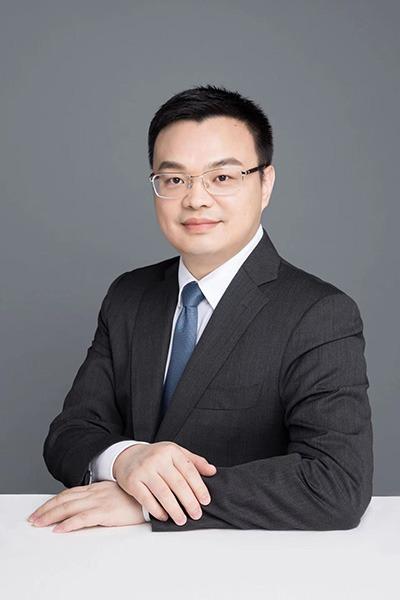 Author Zhang Xi, a professor from Xiamen University. (PHOTO PROVIDED TO CHINA DAILY)
Author Zhang Xi, a professor from Xiamen University. (PHOTO PROVIDED TO CHINA DAILY)
Zhang mentions that the core of Chinese civilization embodies tremendous inclusiveness and peacefulness. Each time Chinese civilization faced challenges, it exhibited extraordinary resilience, absorbing risk into its cultural essence, and promoting leaps to higher levels and dimensions.
In Zhang's opinion, the core philosophical concepts in Chinese culture have a different origin from those in Western culture. Chinese culture originates from a different awareness of historical consciousness, he says.
"On this Earth, history unfolds on an immutable path through time and space, not in an 'otherworldly' realm. This has led to our nation's culture, rooted in a historical consciousness that persists from our ancestral heritage. This orientation and emphasis deeply embed the notion of 'life in this world' at the core of our culture," Zhang explains.
He takes the philosophical classic Tao Te Ching as an example that although Laozi explores the origin of the world and the universe, his reflections are always related to the worldly issues he seeks to explore, which is, how people can live in harmony with longevity and self-preservation in society according to the requirements of the Dao (meaning "the Way").
"This unique consciousness of existence, life and circumstance has led our nation's culture to focus on worldly matters from the very beginning. This is unlike the cultures of Christianity and Judaism, which emphasize concerns about an eternal world beyond," he says.
READ MORE: Exhibition displays key bronzeware discoveries
He notes that the concept of "life in this world" did not arise solely with the maturation of Chinese civilization. "Thanks to the discovery of oracle bone inscriptions, we have gained insights into the Shang Dynasty (c. 16th century-11th century BC), revealing that within their system of consciousness, there coexisted both a spiritual world and the realm of the living. However, it is essential to note that their understanding of this relationship differed from the concepts found in Greco-Roman civilization and the Hebrew-Christian civilization," he adds.
Zhang reveals that the initial motivation behind writing this book is closely related to his perspective on ethics he teaches in his course at university.
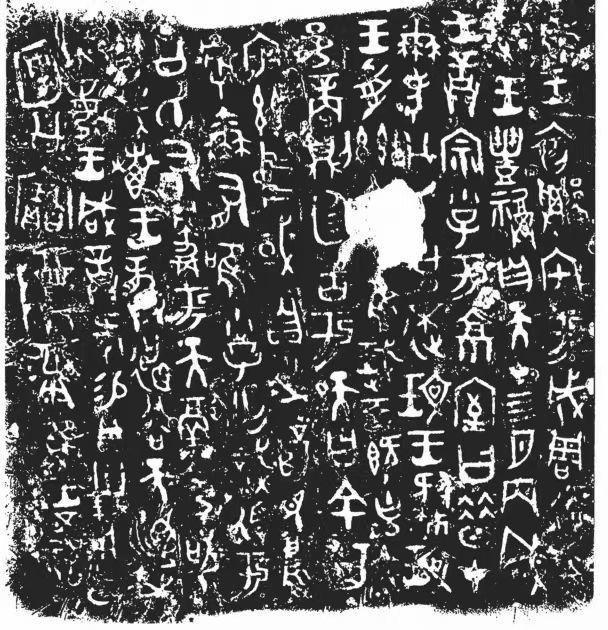 A rubbing of its base shows 122 ancient characters that tell a story. (PHOTO PROVIDED TO CHINA DAILY)
A rubbing of its base shows 122 ancient characters that tell a story. (PHOTO PROVIDED TO CHINA DAILY)
"The ethics knowledge system shaped by the Western academic community, which we often encounter in bookstores today, primarily focuses on questions about what is right and wrong. However, I have always hoped that what I study will be connected to my life. I wondered if there is a way to find anchoring power for life within ethics, enabling us to maintain certainty and composure in the face of a world filled with immense uncertainty and randomness."
As nowadays there is a growing interest among people in exploring museums, Zhang finds that, in his own experience, when viewers encounter artifacts that resonate with their thoughts and beliefs, a remarkable connection occurs with the historical context behind those pieces.
"This connection can extend to the emotions and sentiments of the artifacts' patrons, creators and artists, evoking a heartfelt and profound resonance. I am enthusiastic about sharing this enriching experience with friends who might find it equally meaningful. This passion serves as an additional driving force behind the creation of this book," Zhang explains.
Cheng Lesong, head of Department of Philosophy and Religious Studies, Peking University, comments that the book utilizes museum artifacts to reconstruct resonant spiritual moments. Within them, there are stories of individuals and the worlds they inhabited.
"It is precisely the richness of experience in the modern world that has led to redundancy and scarcity in our expressions," Cheng says. "We have come to realize that 'objects' might be a form of expression, and we sense that language alone might no longer suffice to convey our thoughts and emotions."
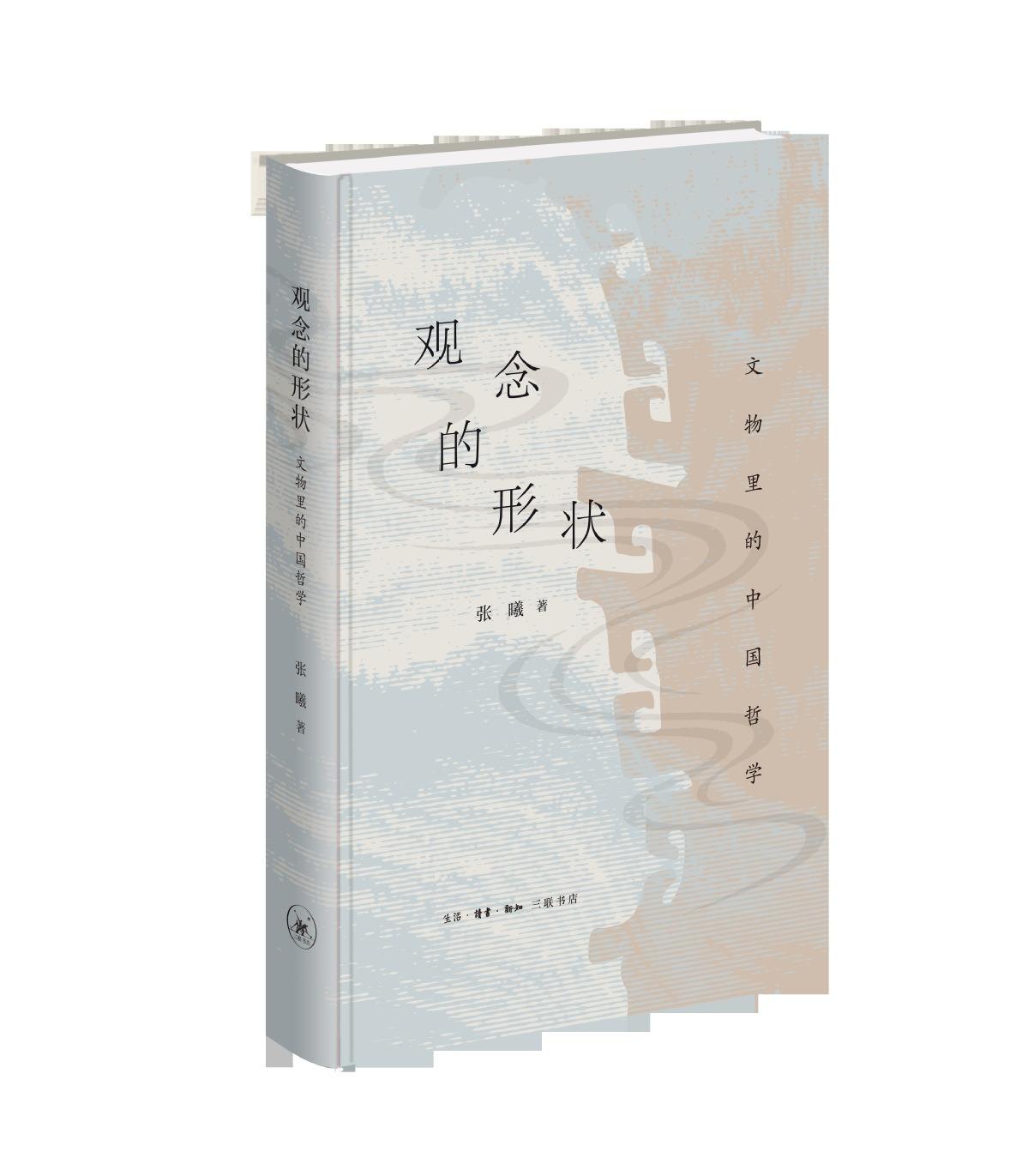 Cover of his book, The Shape of Ideas: Chinese Philosophy in Cultural Relics. (PHOTO PROVIDED TO CHINA DAILY)
Cover of his book, The Shape of Ideas: Chinese Philosophy in Cultural Relics. (PHOTO PROVIDED TO CHINA DAILY)
He thinks that the book ingeniously connects the expressions of thoughts through "objects", creatively restoring a space for ideas.
"Through objects Zhang Xi's book helps us reexamine our spiritual state, providing a pathway to open our inner world while ensuring its accessibility to both the general public and scholars alike," Cheng says.
This book delves into past events, yet every aspect of its content serves as a guiding light for the present, nurturing and enriching contemporary readers, Zhang says.
ALSO READ: Bringing words to life
"My aspiration for this book is to foster reverence, love and confidence in today's readers toward our civilization's historical journey and the profound essence of our national culture," he adds.


